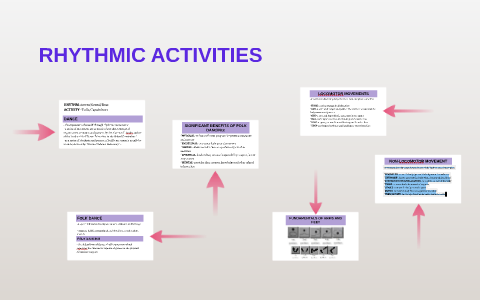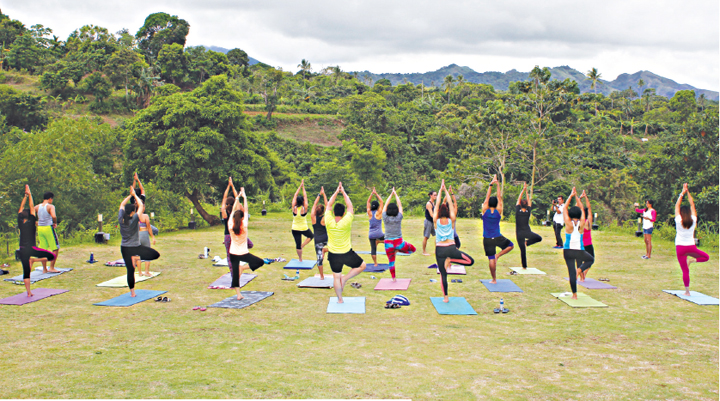Rhythmic activities are an integral part of human life. They can be found in various forms, such as music, dance, and even everyday movements like walking or breathing. In this essay, we will explore the fundamentals of rhythmic activities and how they can be applied in various contexts.
At its core, a rhythmic activity is an activity that involves a regular repetition of a particular pattern or sequence. This pattern can be seen in various forms, such as the beat of a song, the steps of a dance, or the movement of a person's body.
One of the fundamental elements of rhythmic activities is the concept of time. In music, for example, time is often represented by the beat, which is a regular pulse that serves as the foundation for the music. The beat helps to establish the rhythm of a piece of music and gives it structure. In dance, time is similarly important, as it helps to define the sequence of movements and the timing of the steps.
Another important aspect of rhythmic activities is the concept of movement. Movement is often an integral part of rhythmic activities, whether it be the movement of the body in dance or the movement of the hands and fingers in playing an instrument. In music, movement can be seen in the way that different rhythms are played and in the way that different instruments are used to create a particular sound. In dance, movement is an essential part of the art form, as it helps to express emotions and ideas through the body.
In addition to time and movement, rhythmic activities often involve the use of various musical elements, such as melody, harmony, and timbre. These elements help to create a sense of structure and depth in music, and can be used to convey a wide range of emotions and ideas.
Rhythmic activities can be found in many different cultural traditions and are often an important part of the cultural identity of a particular group. For example, African drumming and dance are an integral part of many African cultures, while Indian classical music and dance are a vital part of Indian culture.
In conclusion, rhythmic activities are an essential part of human life and can be found in various forms, such as music, dance, and everyday movements. They involve the use of time, movement, and musical elements, and are an important part of many cultural traditions. Whether we are listening to music, dancing, or simply walking down the street, rhythmic activities are a fundamental aspect of our lives.







